
Indices Hub: Join the Waitlist for TM Global 100 (2025)

If you’ve been waiting for a simple, rules-based way to own the Token Metrics Global 100—without micromanaging tokens—this hub is for you. The TM Global 100 is a rules-based crypto index that holds the top 100 assets in bull markets and moves to stablecoins in bear markets, with weekly rebalancing and transparent holdings/transaction logs you can verify at any time. It’s designed for hands-off allocators who want disciplined exposure and for active traders who want a core that adapts to regimes—without guesswork or endless rebalancing. Below you’ll find how it works, who it’s for, and exactly how to join the waitlist so you’re first in line when trading opens.
→ Join the waitlist to be first to trade TM Global 100.
Why Indices Matter in October 2025
Search intent right now: investors want credible, rules-based crypto exposure that can participate in upside while reducing drawdown pain. A crypto index is a basket of assets selected and maintained by rules—so you avoid one-off bets and constant manual rebalancing.
With liquidity rotating quickly across sectors, weekly rebalancing helps maintain alignment with current market-cap leaders, while regime switching provides a disciplined, pre-defined response to bearish conditions. The result is a clear, consistent process that removes emotional decision-making and operational drag.
Definition
A crypto index is a rules-based basket of digital assets that’s constructed, weighted, and rebalanced on a set schedule.
How the TM Global 100 Index Works (Plain English)
- Regime switching: Bullish: Hold the top-100 crypto assets by market cap.
- Bearish: Exit all positions into stablecoins and wait for a new bullish signal.
- Weekly rebalancing: Reflects updated rankings and weights across the market-cap universe.
- Transparency: Strategy modal shows methodology and thresholds; Gauge → Holdings Treemap → Transactions Log make every change visible.
What you’ll see on launch: Price tile, gauge (“rebalances weekly”), 100 tokens, one-click Buy Index flow, and a 90-second checkout via embedded wallet.See the strategy and rules.
Benefits at a Glance (Why This Beats DIY)
- Time saved: No more manual coin-picking, sizing, and calendar rebalances.
- Lower execution drag: One click vs. dozens of individual orders that can add slippage.
- Stay current: Weekly rebalances help you capture market-cap changes without constant monitoring.
- Discipline in drawdowns: Automatic switch to stablecoins removes panic decisions.
- Radical visibility: Holdings treemap, table, and transactions log show what you own and what changed—every week.
- Operational simplicity: Embedded wallet and a unified dashboard; no juggling chains and exchanges.
Step-by-Step: How to Get Early Access (Waitlist)
- Open the Indices Hub: Head to the Token Metrics Indices hub.
- Choose TM Global 100: Open the index page and review the Gauge → Strategy → Holdings.
- Join the Waitlist: Add your email to be notified the moment trading opens.
- (Optional) Connect Wallet: Pre-connect your wallet for a faster launch-day checkout.
Launch-Day Flow (~90 seconds): Tap Buy Index, review fees/slippage, confirm, and see your position in My Indices. Track Rebalances: After each weekly rebalance or regime change, check the Transactions Log for updates.
→ Join the waitlist to be first to trade TM Global 100.
Decision Guide: Is This Right for You?
- Hands-Off Allocator: Want broad exposure without micromanaging? Yes—rules-based + weekly rebalances.
- Active Trader: Need a core that sits in stables during bears while you hunt edges elsewhere? Fits.
- TM Member/Prospect: Already trust Token Metrics research? This is the rules-based version of “own the market.”
- Risk-Aware Newcomer: Prefer a clear framework over vibes? Methodology is visible and auditable.
- DIY Basket Builder: Tired of missed rebalances and slippage? One click can reduce execution drag.
- Data-First Analyst: Want to verify? See the holdings, weights, and transaction history anytime.
FAQs
1) What is a TM Global 100 index?
It’s a rules-based crypto index that holds the top 100 assets by market cap in bullish regimes and moves to stablecoins in bearish regimes. It rebalances weekly and shows transparent holdings and transactions.
2) How often does the index rebalance?
Weekly, with additional full-portfolio switches when the market regime changes.
3) What triggers the move to stablecoins?
A proprietary market signal. When bearish, the index exits all token positions into stablecoins and waits for a bullish re-entry signal.
4) Can I fund with USDC or fiat?
At launch, funding and settlement options surface based on the embedded wallet and supported chains. USDC payouts are supported for selling; additional entry options may be introduced later.
5) Is the wallet custodial?
No. The Embedded Wallet is self-custodial—you control your funds while using a streamlined, on-chain checkout.
6) How are fees shown?
Before you confirm, the Buy flow shows estimated gas, platform fee, maximum slippage, and the minimum expected value.
7) How do I join the waitlist?
Go to the Token Metrics Indices hub or the TM Global 100 strategy page and submit your email. We’ll notify you the moment trading opens.
Security, Risk & Transparency
- Self-custody: Embedded smart wallet; you hold the keys.
- 2FA & session hygiene: Use strong auth practices for your TM account.
- Fee clarity: Gas, platform fee, and slippage are displayed before you confirm.
- Auditability: Holdings, treemap, and transactions log are always visible.
- Model limits: Regime logic can be wrong, and markets can gap; rules reduce discretion—not risk.
- Regional availability: Product surfaces may vary by region as we expand.
Crypto is volatile and can lose value. Past performance is not indicative of future results. This article is for research/education, not financial advice.
Conclusion
If you want a disciplined, rules-based core that adapts to market regimes, Token Metrics Global 100 is built for you. Weekly rebalances, transparent holdings, and one-click buy remove operational friction so you can focus on your strategy.

.svg)

Create Your Free Token Metrics Account

.png)




%201.svg)
%201.svg)


%201.svg)




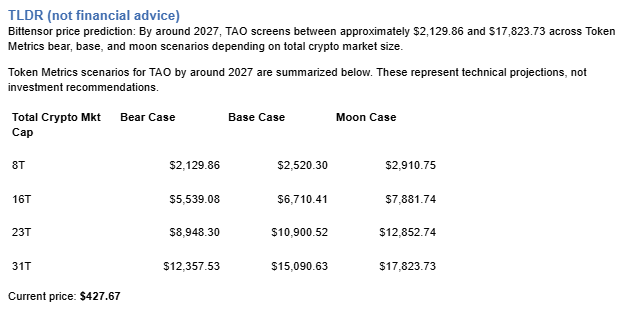
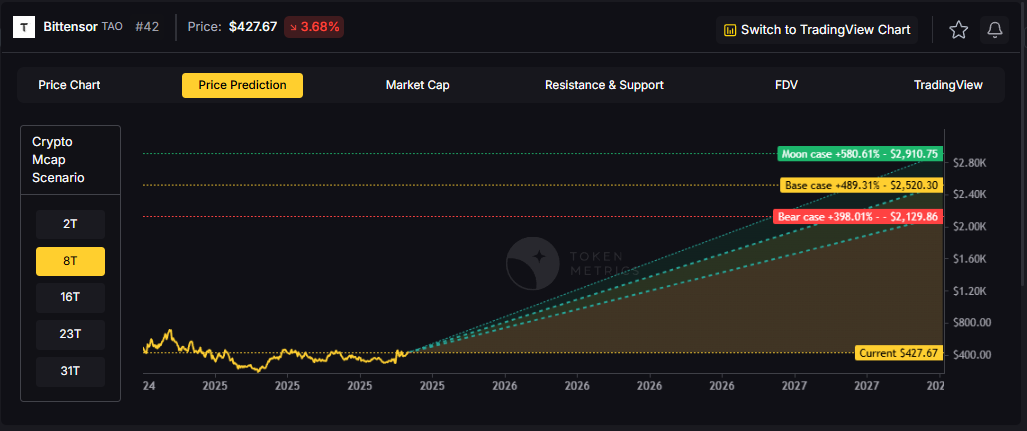
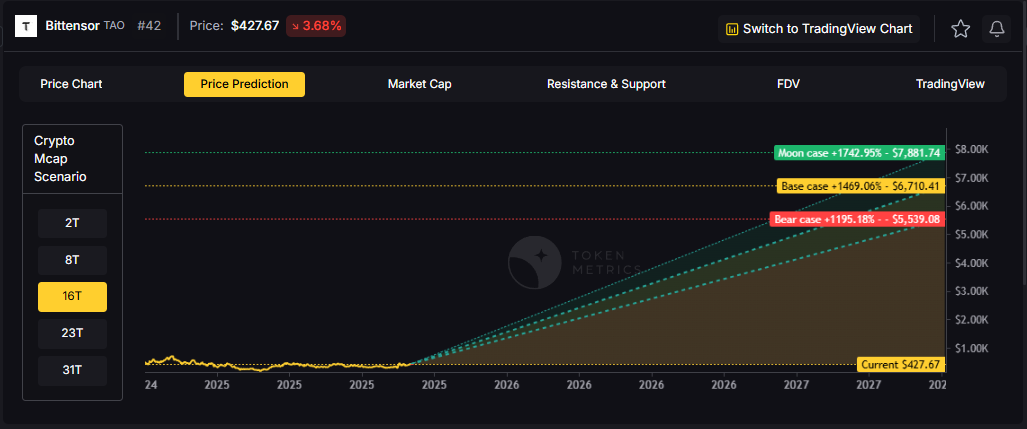
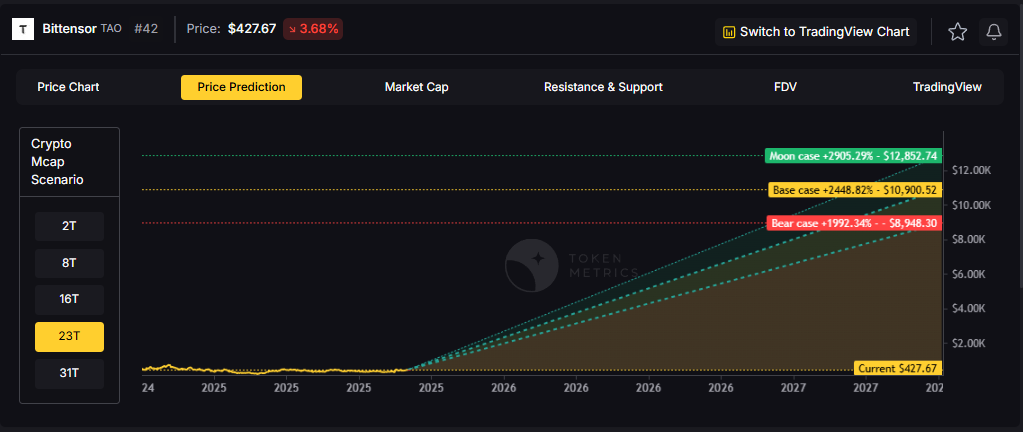
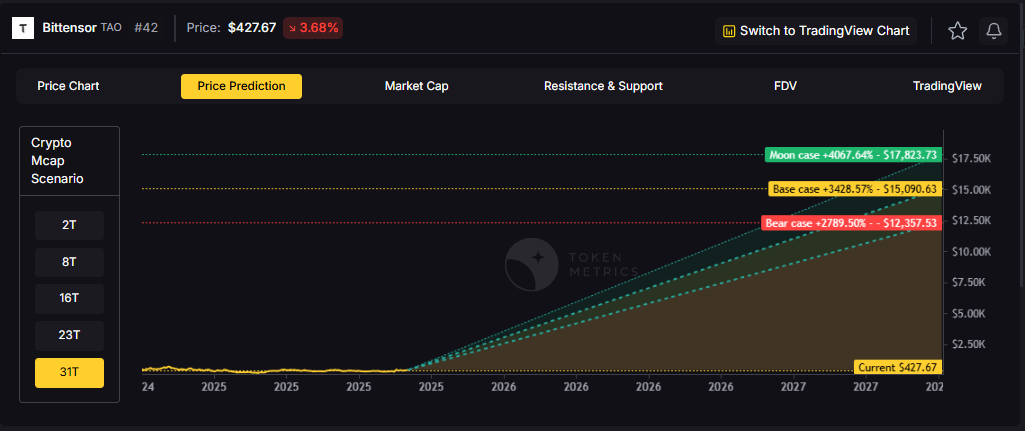



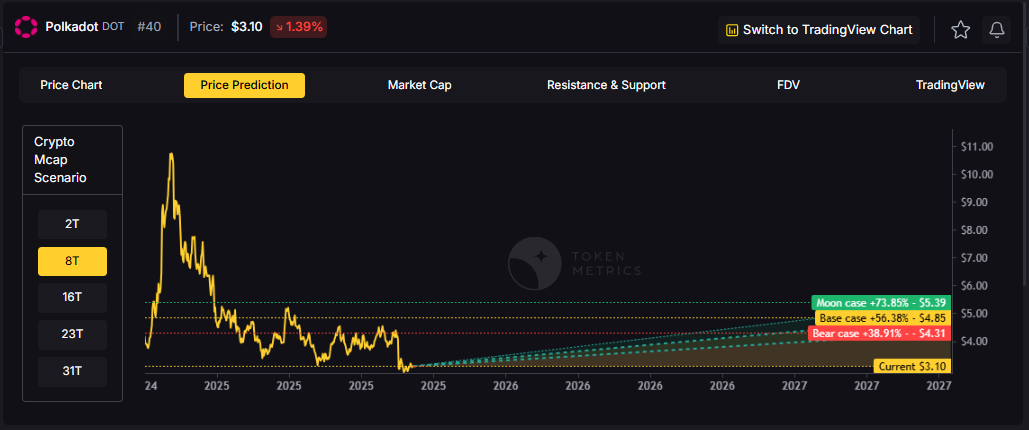



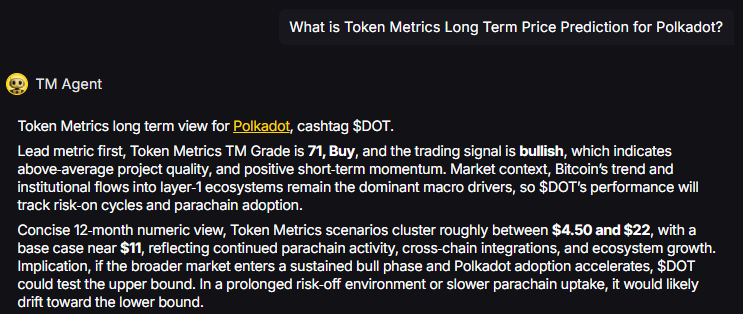
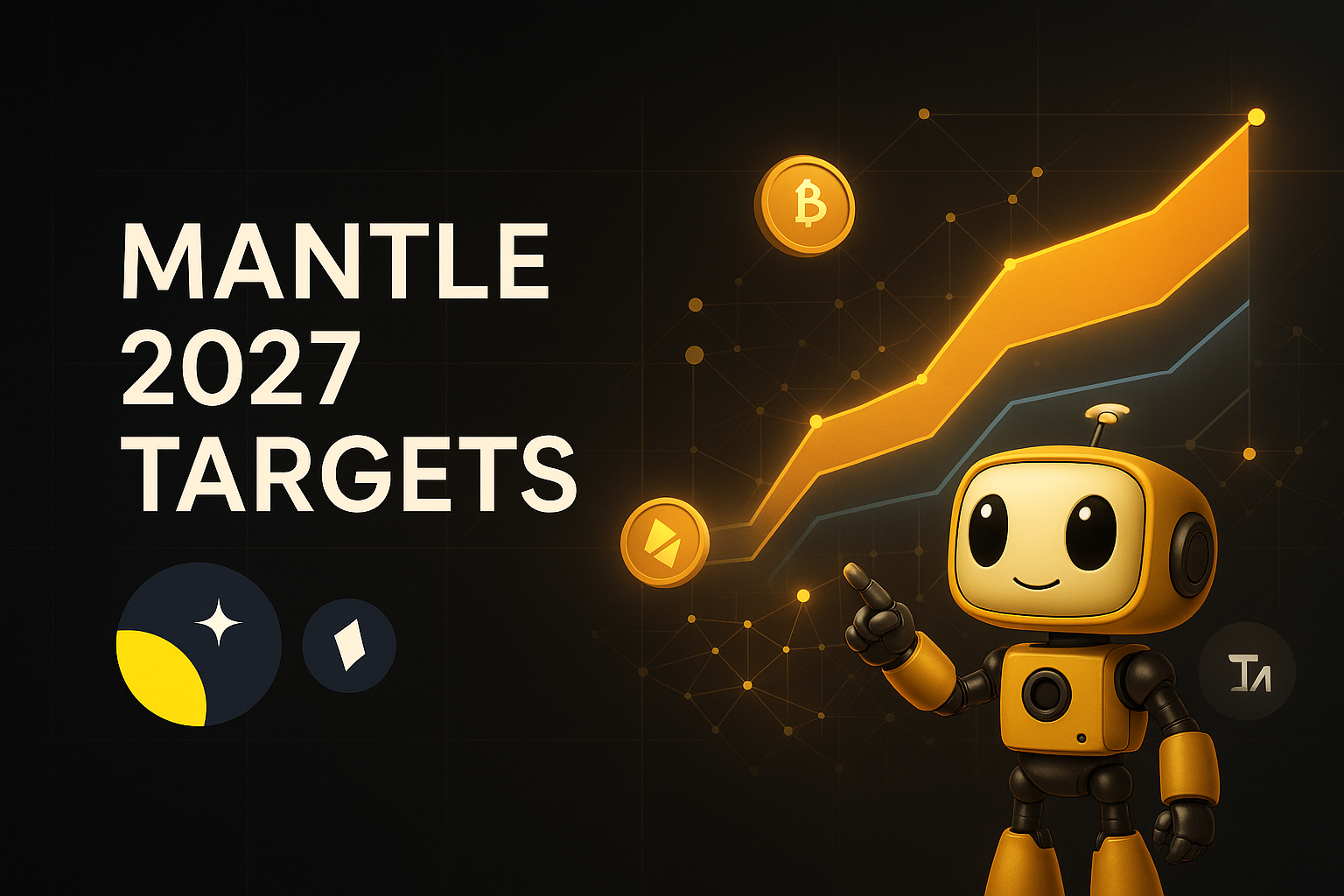
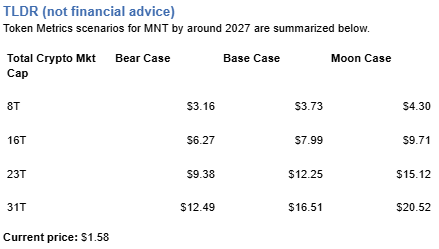
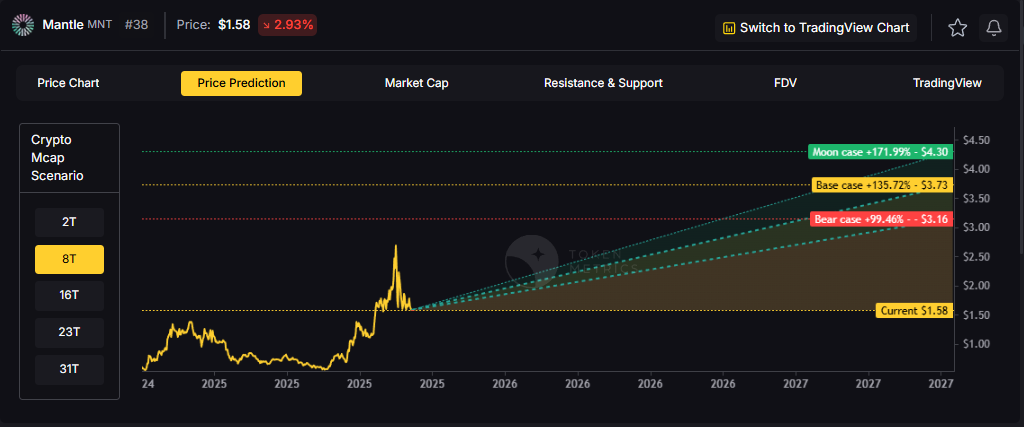
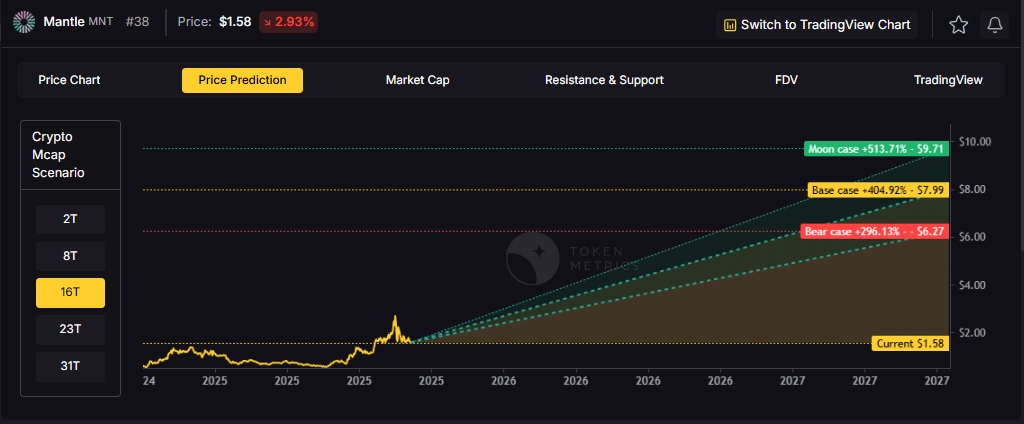
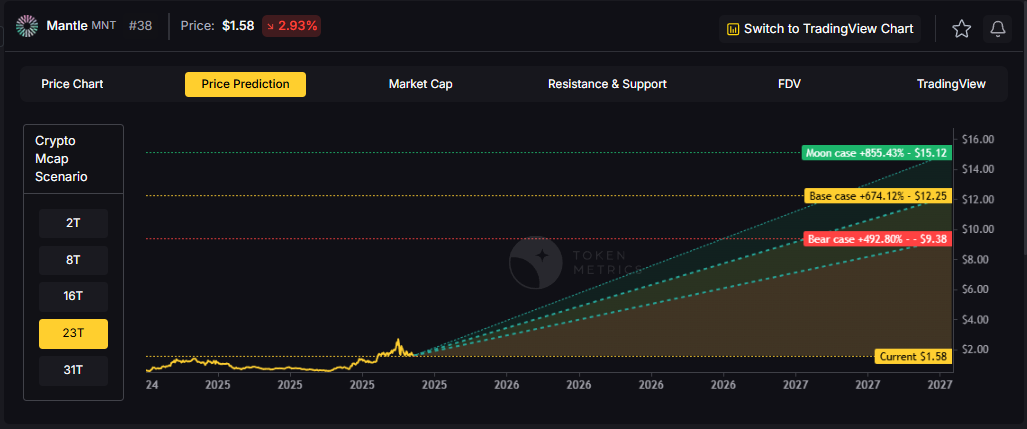

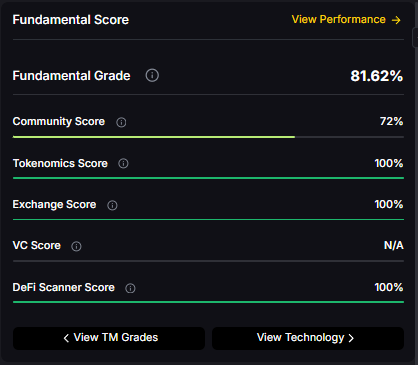

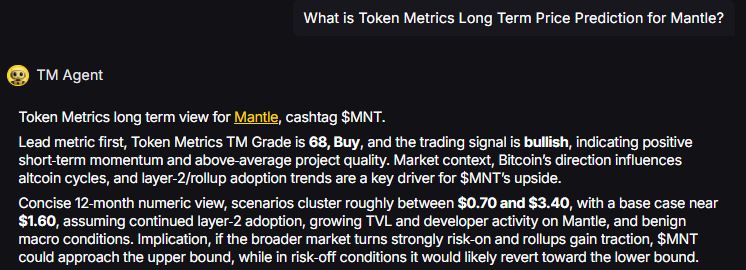



.svg)




.png)